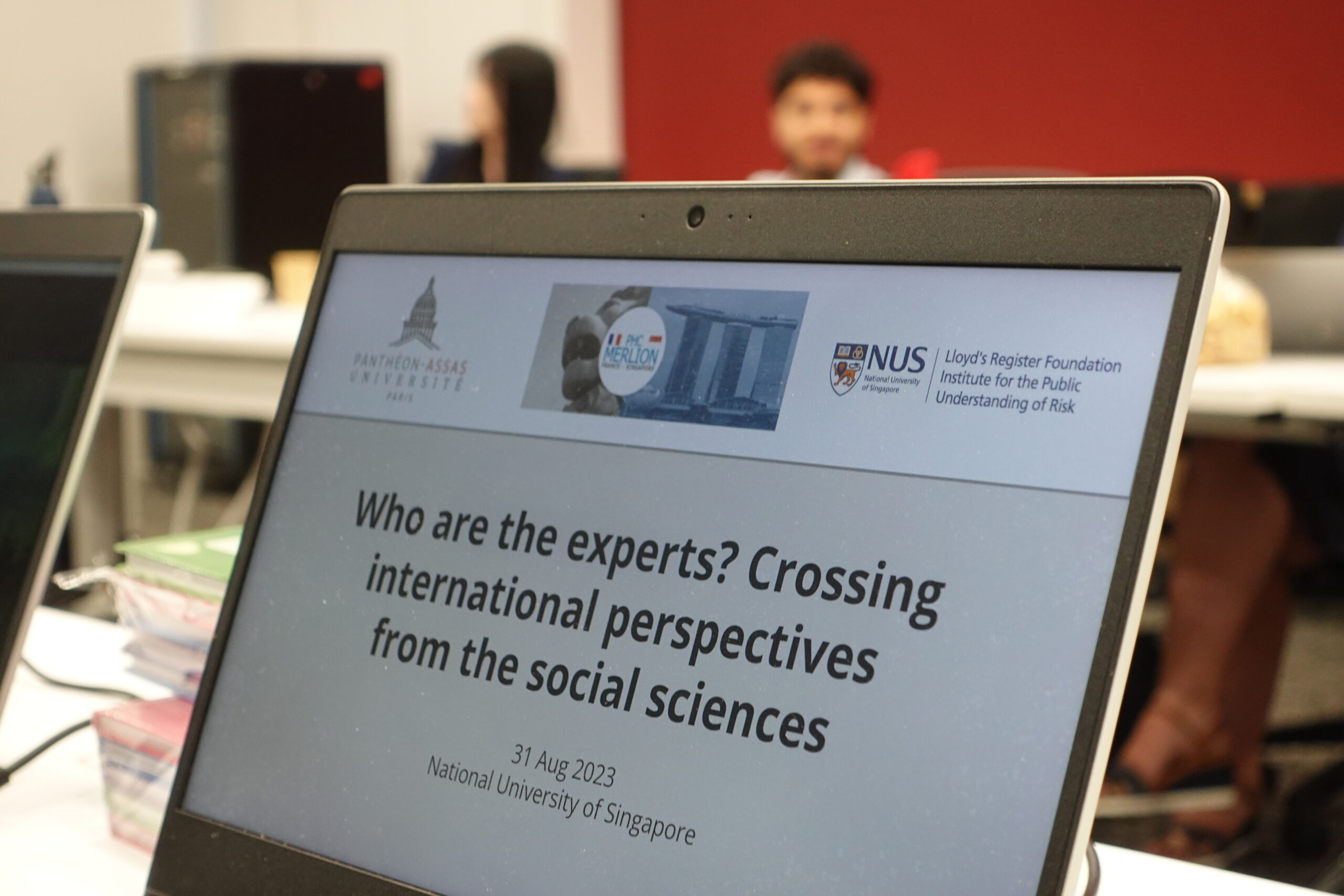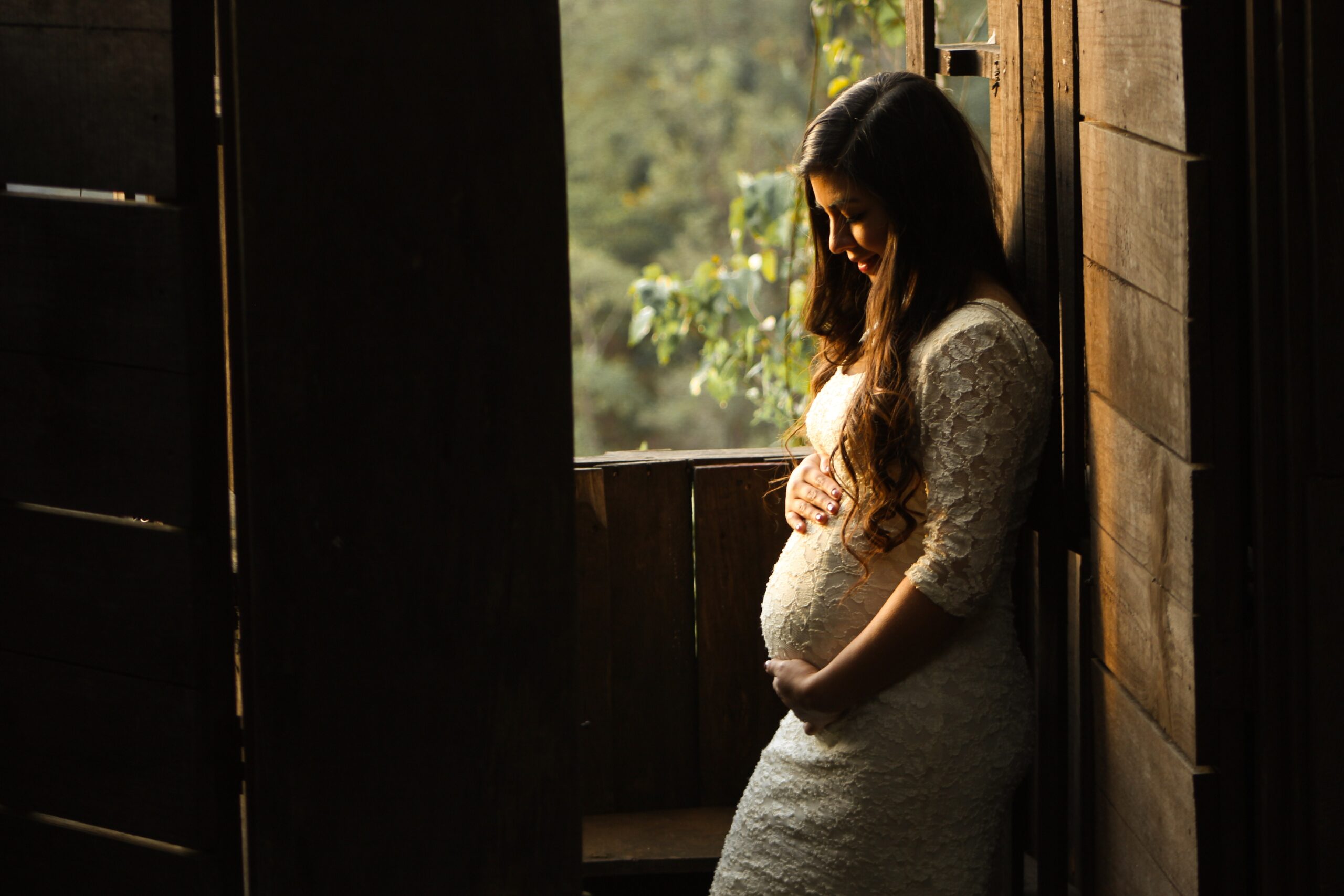Impact Stories
Developing strategies to combat fake news proliferation
Guarding against fake news
Dr Wong advised people to take some time to inform themselves about media literacy, science literacy and risk literacy. Some useful frameworks that the study tried to communicate through the game was the use of the five deception strategies (below). These are the basic “red flag” indicators that could suggest the content behind a message or video has sinister intent to drive you away from actual critical thinking and instead nudge you down a pathway of fear, anger and conflict.
1. Impersonation: Posing as a real person, legitimate news website or organisation by mimicking their appearance.
2. Emotional content: Content that is not necessarily “fake” or “real” but deliberately plays into people’s basic emotions, such as fear, anger, or empathy.
3. Polarisation: Deliberate attempts to expand the gap between the political left and the political right and drive people away from the political centre. Typically also involves the use of “false amplification” of existing grievances or making fringe views look like they are more mainstream than they are.
4. Conspiracy: Spreading the belief that unexplained events are orchestrated by a covert group or organisation with sinister intentions
5. Discrediting opponents: Attacking the source of the criticism by deflections such as “you are fake news!” or denying the problem exist.
Study insights
Dr Wong found the deception technique that was most successful at misleading participants was that of “impersonation” with less than half of participants answering those questions correctly. One other key finding showed a high level of awareness about the risks of fake news at the individual and societal levels. However, there was also a significant degree of complacency, particularly among the millennials. The qualitative data showed a heavy reliance on the government to deal with fake news in Singapore and a strong perception that fake news was more a problem overseas or a problem for older and less educated people.
There was also some correlation between level of confidence and the fake news test scores. In the pre-game fake news test, participants who expressed a high level of confidence in detecting fake news scored worst in the test and those who were least confident had the best average test scores. This was reversed in the post-game and sustainability tests where participants with the highest level of confidence scoring much better than those with a lower level of confidence.
Based on the questionnaire data, the study also found a significant association between the general disposition to risk and perceptions about the COVID-19 vaccines. Participants who said that they tended to worry a lot in general also tended to indicate that they did not want to delay getting vaccinated. Furthermore, participants who stated that they were optimistic about the future also tend not to have a problem with the speed at which the COVID-19 vaccines were developed.
Fake news workshop
Two virtual workshops were held on 11 and 13 August to explore and discuss insights from Dr Wong’s study on what makes society resilient to deception by fake news.
Some of the key takeaway points were:
1. With regards to fake news, one of the key concerns was the paradox of trust. While it was heartening to see that there is a high level of trust in the Singapore government, the concern was that individuals would be less inclined to improve their own media, science and risk literacy.
2. Another key takeaway was the question of “how do we build a mature society” that is able to have public discussions about various topics in which different sections of society may have differing views. How do we provide the frameworks, platforms and language to the public to have an exchange about difficult topics without descending into shouting matches and more closed minds? Social media has filled the platform gap for people to air their views freely, but that has also resulted in more trolling behaviour and very little meaningful engagement on issues.
3. The workshops also brought home the notion that COVID-19 combined with fake news, has fundamentally shifted the way people communicate facts, science, risk, etc. As one of the panellists noted, the major difference between public communication on SARs in 2002 and COVID-19 in 2020 was that in 2020, journalists and health authorities are spending much more time and resources fighting fake news and the fear factor on social media.
4. Shutting down fake news does not build trust and only fans the flames of conspiracy theorists. Instead, journalists, governments and public health authorities should work with credible third-parties to build a risk communication strategy so that people who are doubtful feel connected to decision-makers. This helps to build trust and trust acts as a shield against the impacts of fake news.
IPUR partnered with the NUS Centre for Trusted Internet and Community to organise a webinar led by Dr Wong. The webinar titled “Pre Bunking Fake News about COVID-19 Vaccines – An Experiment Using an Online Game” was held on 3 September via Zoom.


